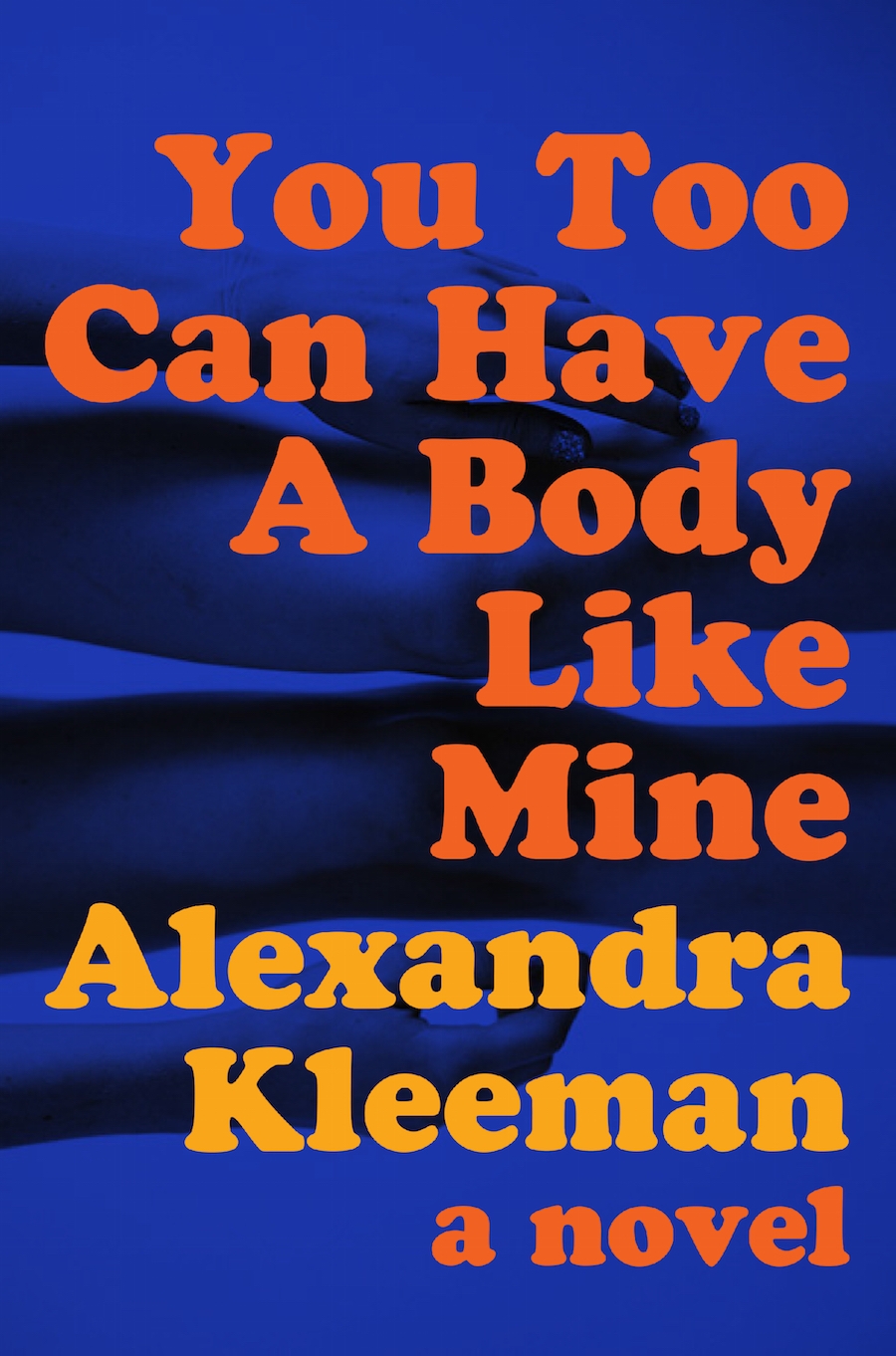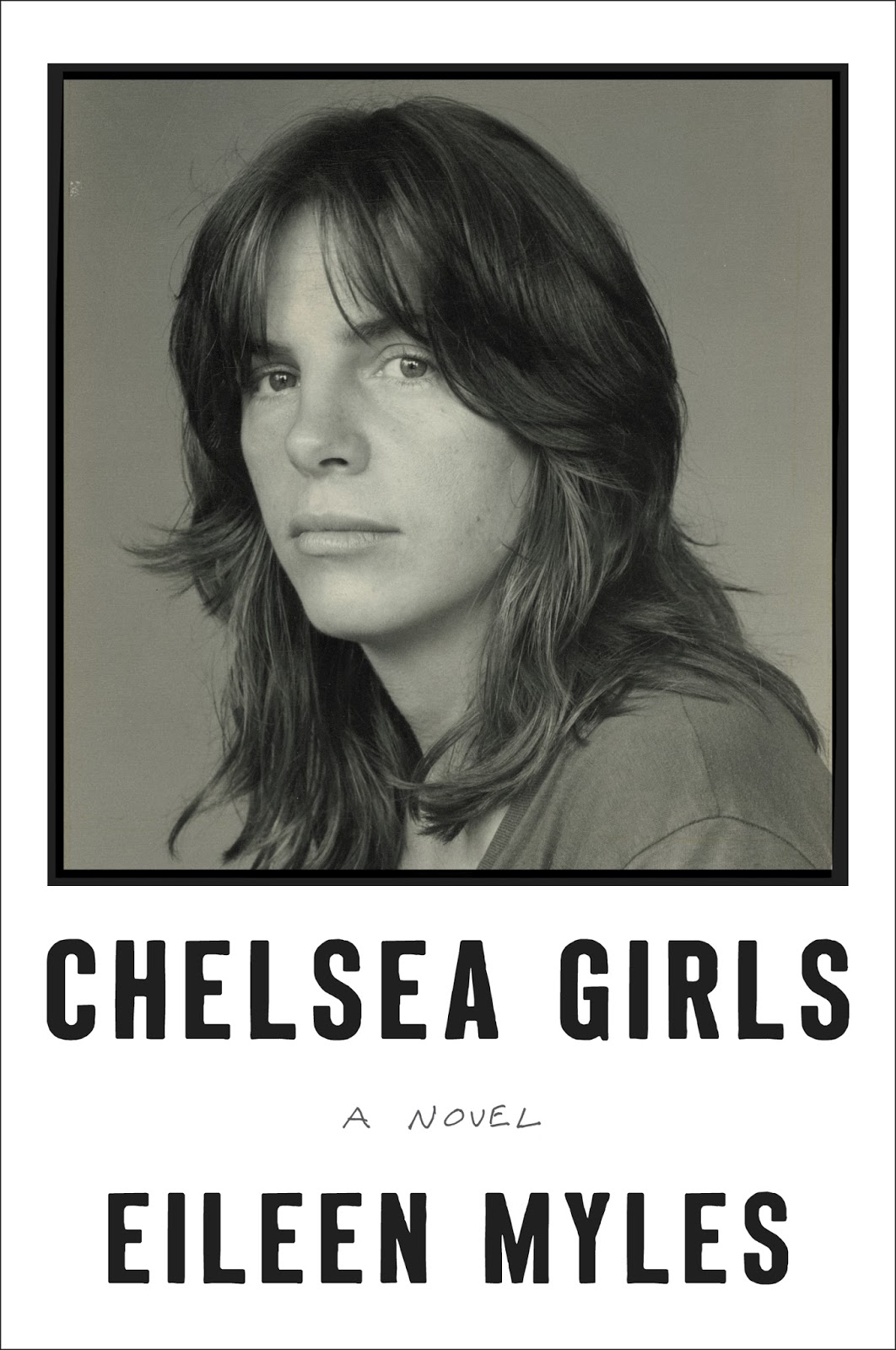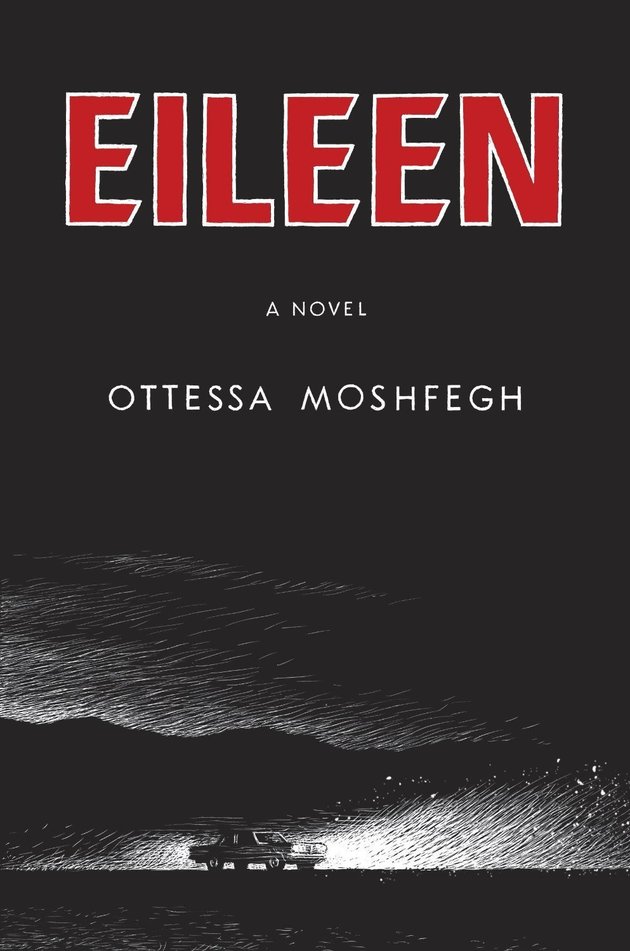In 2015, I worried that something might go very wrong with my reading. I was spending a lot of time on a long writing project, traveling more frequently and widely than I ever have in a 12-month span before — or likely ever will again — and started a rigorous new job. It was a more filled-to-the-brim year than maybe any of my previous 30. So, naturally, I was concerned I would find less time to read, and because of that my brain would erode, and because of that I'd just up and lose my will to live. But that's not what happened. It turned out that my busy-ness somehow cemented my devotion to reading. I needed it, relied on it, sought it out more than ever.
Every year I compile a list of the most compelling, funniest, still-nagging-at-me books, articles, poems, essays and short stories I've read. Every year, this list is an excuse I make for myself to revisit all those wonderful, hard, sublime pieces of writing. I'm not sure if it's really of much use or interest to anyone else and, frankly, don't care. But here are 15 of those very things, in no particular order. *
1. "You Too Can Have a Body Like Mine" by Alexandra Kleeman: There was so much hype around this book it should have been impossible for it to live up to it. But it did. Alexandra Kleeman's vivid and weird novel about a young woman negotiating selfhood in a society obsessed with sex and consumerism and image lands right in the highly uncomfortable place between over-the-top parody and everyday realism. Where other novels have skewered our culture, Kleeman's impaled it on a stake and paraded it around town.
2. "Hope and the Artist" by Ta-Nehisi Coates in The Atlantic: Ta-Nehisi Coates's "Between the World and Me" is one of the most remarkable and profound books of the year, if not the decade, if not in recent American history. It will be on every 2015 list, so in an effort to avoid redundancy, I'm shining my miniature spotlight on an essay he wrote in the wake of that book. It's about whether art has to offer hope, or, at least, solutions. His own work has been criticized for often offering none of either—unfairly, I think on one hand. On the other hand, I think, why should it matter? Coates's conclusion that "hope for hope's sake...is the enemy of intelligence" is not just well supported and logically made, but it's a nuanced idea about art and activism that will encourage you to think about the real roles of each.
3. This passage from "Chelsea Girls" by Eileen Myles: I've only just started reading Myles's new—and first—novel, so it wouldn't really be fair to add it in full to this list. (I'm sure as the preeminent poet of our time, a Guggenheim fellow, and all-around celebrated genius, she will be utterly distraught by this news. Forgive me, Eileen!) The novel is a fictionalized memoir of her coming of age, and her writing is deep as bones and lovely all over, as usual. But this passage about an old girlfriend was so extreme in its beauty it nearly made my heart forget to beat:
"I'm looking at her standing there, looking at her in her orange construction boots and everything else dark. I'm really adoring her as she's leaving and by the second she's getting more and more beautiful look at her eyes all green and golden brown and gigantic and these unreal lashes. Two are caught between her nose and her eyes are just sitting there and you know how people who really love you or who you irritate are always coming over and picking something off you. Well I can't even tell her I like those two lashes just where they are. Her entirety goes out the door."
Wow, right?
4. "A Survivor's Life" by Eli Saslow in The Washington Post: It's unavoidable, in a time where mass shootings pile up and bleed together and never seem to stop leading the nightly news, to let them all smear into one faceless, person-less blur. To move our grief and attention onto the next one when it inevitably comes. To forget. Roseburg, Oregon shooting survivor Cheyeanne Fitzgerald's story is one that goes mostly untold. It's the story of the aftermath, of what it's like to live through — at least in the strictly physical, bare-bones sense — one of these nightmares. The reporting is merciless and the details are excruciating and Cheyeanne and the dozens like her deserve our attention, still.
5. Eileen by Ottessa Moshfegh: Moshfegh's dark and oddly funny short stories have been mainstays in "The New Yorker" and "The Paris Review" for years and I love them even when I don't really like them. She traffics in the gross, awkward, shameful corners of our humanity and she is not at all hesitant to make you squirm. Her debut novel, set during Christmastime, revolves around the odd relationship that forms between two women working at a juvenile prison. There's little that's merry or bright about the story, but it's easily one of the most unique and brutal books of the year. When the big twist arrives toward the end of the novel, I felt an actual, physical chill.
6. "Friends" by Lucia Berlin: Lucia Berlin's "A Manual For Cleaning Women" was published this year, though she died in 2004. She spent her life publishing and writing, but never achieved the degree of mainstream notoriety or attention her spare, witty stories probably should have earned her. This excellent story, about the gap — or sometimes gaping cavern — between our own self-image and how others actually see us, is an excellent introduction to her acerbic and startling work.
7. "Letter to Our Daughters: Do Not Be Good" by Megan Mayhew Bergman in Ploughshares: Megan Mayhew Bergman's love of unruly ladies guides her life and work. Her book of short stories, "Almost Famous Women," tells tales of females forgotten by history, like Lord Byron's illegitimate daughter, Lucia, and aviator and author Beryl Markham. This letter to her own daughters is half urgent plea, half cheer. She implores them to swing for the bleachers, avoid sacrificing too much of themselves to others, to fail and fail again. "What if you woke up one morning and told yourself: 'Starting today, you no longer have to be good.' Starting today, you can do what you want to do, not what you ought to do." What if?
7. "The Year We Obsessed Over Identity" by Welsey Morris in The New York Times: Morris's kind of prophetic sum-up of our 2015 fixation on selfhood — he did write this in early October, after all — gets to the heart of what he calls "the great cultural identity migration" of our time. Caitlyn Jenner. Rachel Dolezal. Hamilton. Key & Peele. Morris bridges the gap between all these different explorations of selfhood and identity to get to the heart of just how malleable the idea of who we are is — or sometimes, is not.
8. "The Parapet" by Jess Walters: You can't read this short story, because I own the only copy. Well, kind of. Let me explain: I grew up in Boise, Idaho, and spent a few summers taking writing classes at its quaintly named Log Cabin Literary Center, writing poems about the artwork in the museum across the street or musing in that excruciating adolescent way about a moldy leaf that fell on the lawn outside it. My mom invited me to come home this year and go with her to the Center's fundraiser, which featured a conversation between Jess Walter and Anthony Doerr, so of course I said yes. Anthony, who wrote the Pulitzer-winning "All the Light We Cannot See," lives in Boise for some reason. Jess, who wrote "Beautiful Ruins," lives in Spokane, Washington, for some reason. (Given Spokane's proximity to Boise and the cities' shared Pacific Northwestern-ness, both men qualify as hometown heroes.) I sat next to Jess at dinner and we talked about Hollywood and writing and Italy. Later, at the event, he and Anthony both read short stories they'd written using a line from a Log Cabin Literary Center kid's poem. Both stories were playful and lovely and new and never-published or performed until that night. On Christmas morning, I opened a present to find a manilla envelope containing the signed manuscript of "The Parapet," which my mom had sneakily bid on at the gala's silent auction. I could tell you what the story's about, but wouldn't that ruin the mystery?
9. "Drake Dance Revolution" by Rembert Browne on Grantland: Goddamn, Grantland. This glorious defense of Drake's ubiquitous "Hotline Bling" video, and his dad dancing within, is incisive and hilarious and swaggering and fun and exactly why we're all poorer for this website no longer existing. RIP.
10. "Hedi Slimane on Saint Laurent's Rebirth" by Dirk Standen for Yahoo! Style: This long, dense, interview with designer Hedi Slimane is essential reading for any creative person. It's rare that fashion ever gets this kind of long-form, attentive writing in such a mainstream outlet. While you are free to despise the grunge-for-the-1% transformation Hedi's applied since taking the reigns at Saint Laurent, this piece lifts the veil on his intentions and aims and influences. For me, it greatly justified why he is doing what he is doing and forced me to reconsider what both building and honoring a creative legacy can mean.
11. "The Art of Fiction No. 227: Lydia Davis" in The Paris Review Spring 2015 issue: There's no one quite like Lydia Davis and there's no writing quite like Lydia Davis's writing. Her (often extremely) short stories are sharp and simple and often very funny, and as this interview about her writing life proves, her approach to her craft is similarly bullshit-less and not mystical or self-important. "I realized that you could write a story that was really just a narration of something that had happened to you, and change it slightly, without really having to fictionalize it," she says at one point. At another, when asked about whether she purposely includes symbols and metaphors in her writing: "No, I don't think symbolically at all." Vive la Lydia!
12. "Inside the Legendary Breakup of Barbra Streisand and Superagent Sue Mengers" by Peter Borsari in Vanity Fair: I couldn't get enough of this story of frenemyship, betrayal, and power. In an excerpt from his book "Can I Go Now: The Life of Sue Mengers, Hollywood's First Superagent," Borsari details the explosive and intimate bond between Barbra and Sue with the kind of wicked, scandalous details that bring to life the best and worst of Hollywood stereotypes. Just one example: "After the Manson murders, Barbra confided to Sue her concerns about her personal safety. 'Don't worry, honey,' Sue told her. 'Stars aren't being murdered. Only featured players.'" Obviously, I was engrossed in every word of it.
13. "My Own Life" by Oliver Sacks in The New York Times: Oliver Sacks contemplated everything with his signature thoughtful curiosity, including the end of his own life. His new approach to living upon learning he had terminal cancer — clearing the remaining time of anything "inessential" and redoubling his commitment to his work and those he loved — is a kind of poetic ethos for how we should strive to live each day.
14. "I Have a Time Machine" by Brenda Shaughnessy: If I remember right, I came across this poem when someone I follow tweeted the opening lines: "But unfortunately it can only travel into the future/at the rate of one second per second." I smiled to myself and clicked the link to read it all and was delighted to find that this wasn't just a poem of wit, there was real heft to it. A beautiful reflection on the speed and slowness of a life.
15. "How I Finally Let Go of My Grief for My Dead Mom" by Kate Spencer for Buzzfeed: Yes, this raw and painful and redeeming essay by the lovely Kate Spencer is about grief. But it's also about love and growing up and guilt and parenthood and identity. And it gives beautiful permission to anyone who has lost someone to let go in his or her own way.
*This year's list only contains work I encountered in 2015 and that was also first published in 2015. There was just that much good stuff out there.


